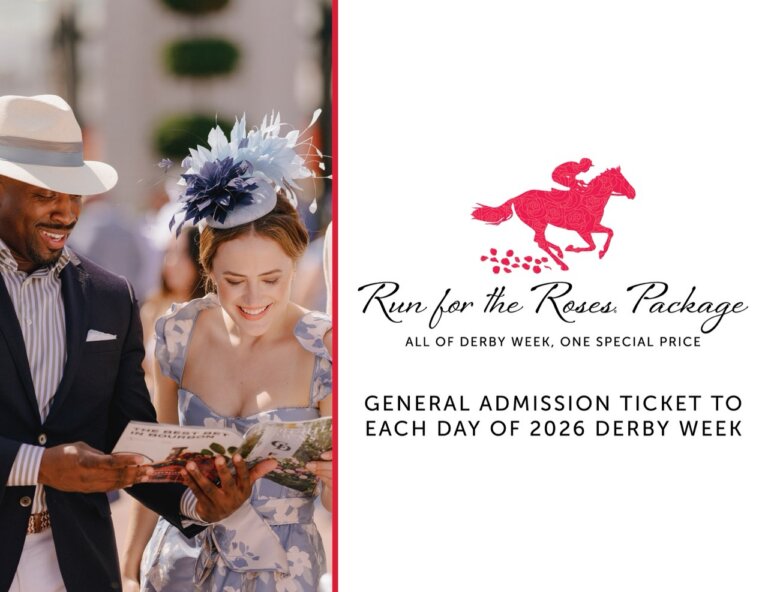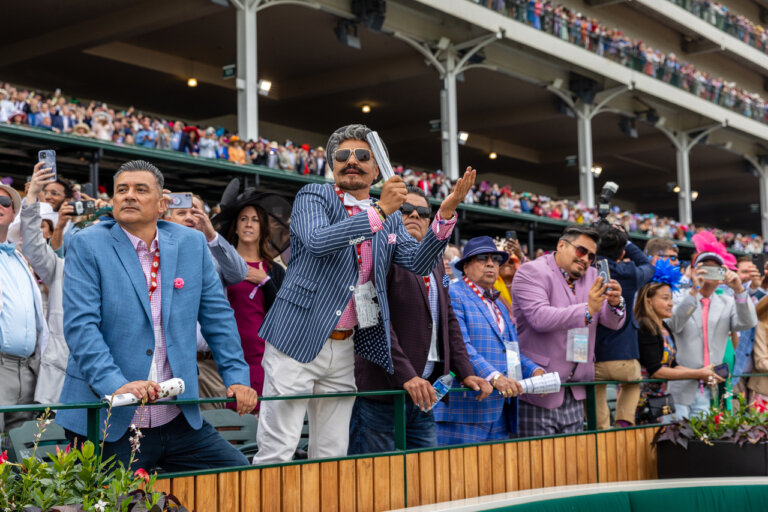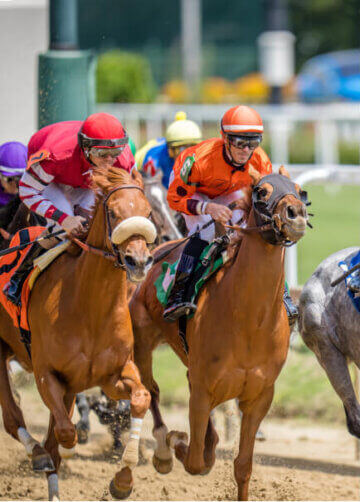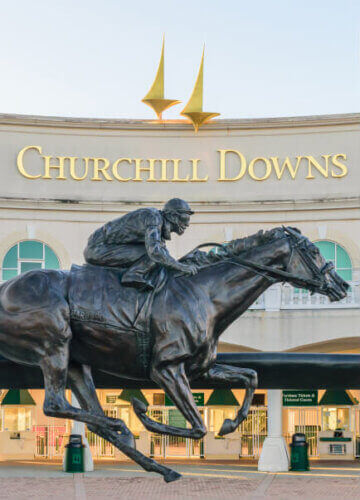Derby Tickets & Hospitality
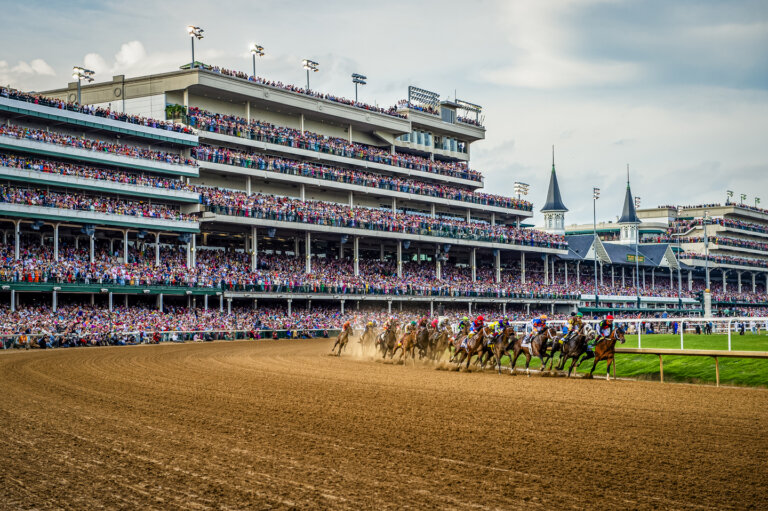
PLAN YOUR DERBY
Whether you are in the stands, at a party or at home, plan accordingly to enjoy the Run for the Roses on the first Saturday in May.
Churchill Downs App
The new and improved Churchill Downs app has everything you need to enjoy your day at the races. Both Android and iOS apps are now available!
DOWNLOAD NOW
The Official Kentucky Derby Collection
Shop the latest Kentucky Derby fashions, collectibles and more!
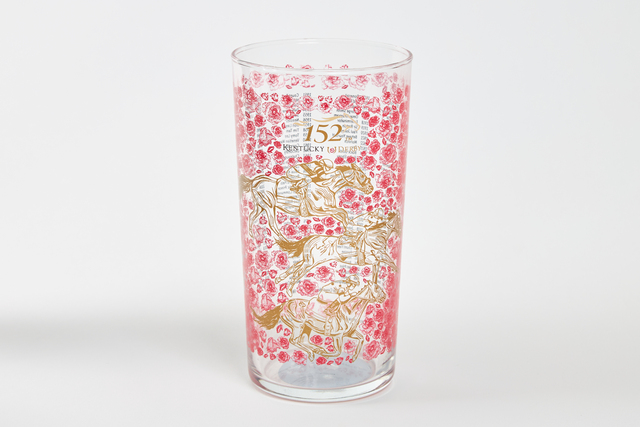
Download the Derby App
Hear all of the news on prep races, contenders, wagering, history and more on Inside the Kentucky Derby.

Bet the Derby with TwinSpires
Create a new account using an exclusive DERBY25 promo code and get insurance on your first bet!

FOLLOW FOR UPDATES AND EXCLUSIVES
Missed something? Catch up on past Kentucky Derby news
Book Your Premium Experience
For Premium tickets, give us a call at 5026364447

Calling All Derby Enthusiasts to Post
The Road to the 152nd Kentucky Derby is underway! Submit your email and receive newsletters for all things Kentucky Derby directly to your inbox.
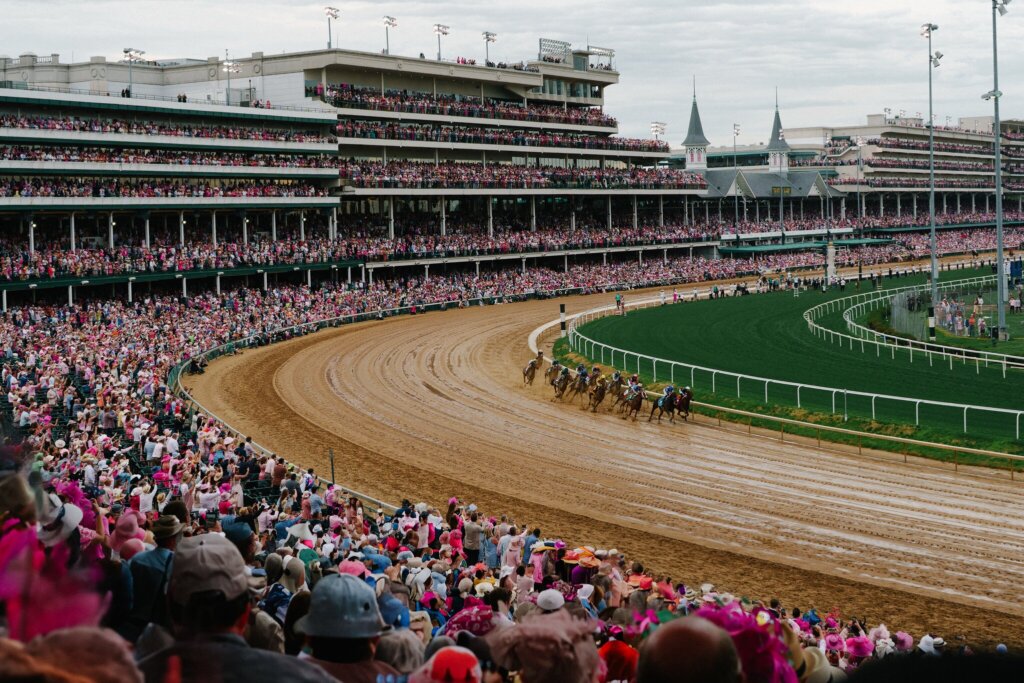
2-Day Derby Tickets On Sale Now
Be part of the magic at the 2026 Kentucky Derby and Oaks. Two-day ticket packages are available now. Ready to lock in your seats? Buy today or connect with our sales team for premium options and personalized service.
Get in Touch with the Kentucky Derby Team
Contact us via email or phone
Email: sales@kyderby.com | Phone: (502) 636-4447





